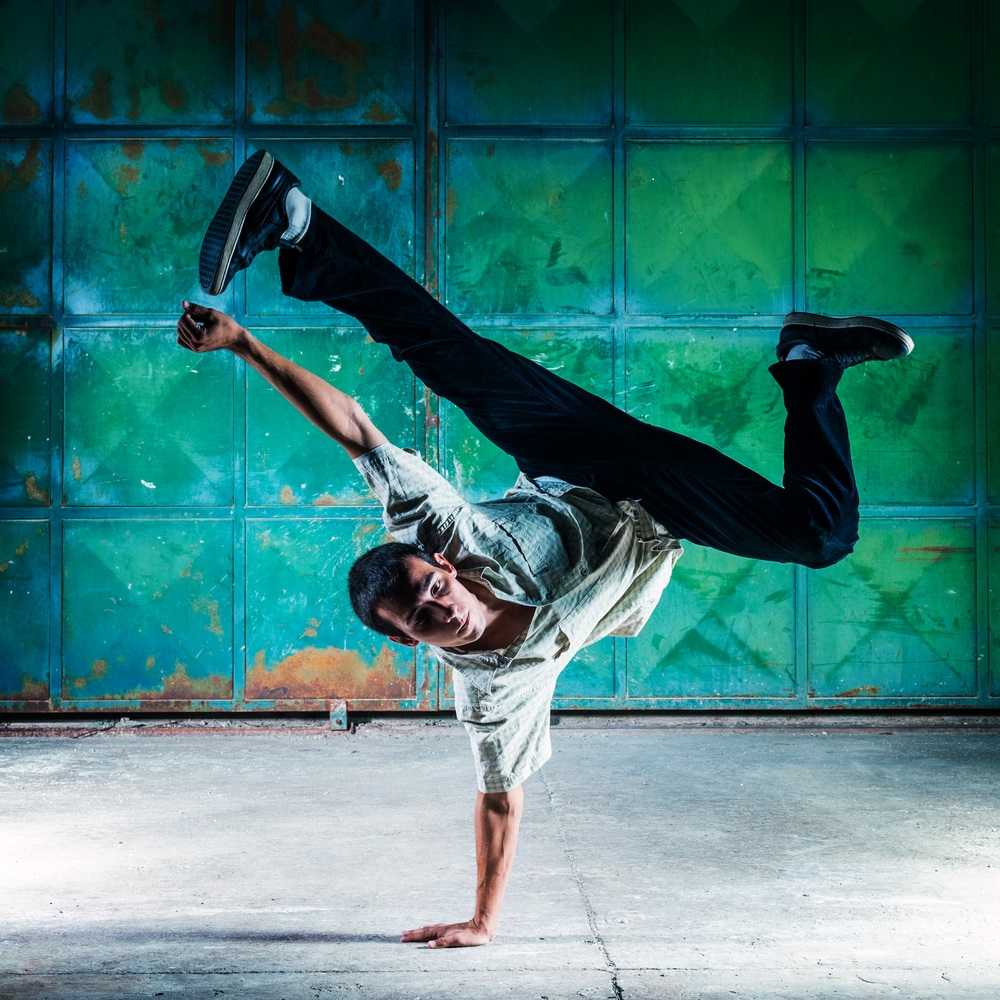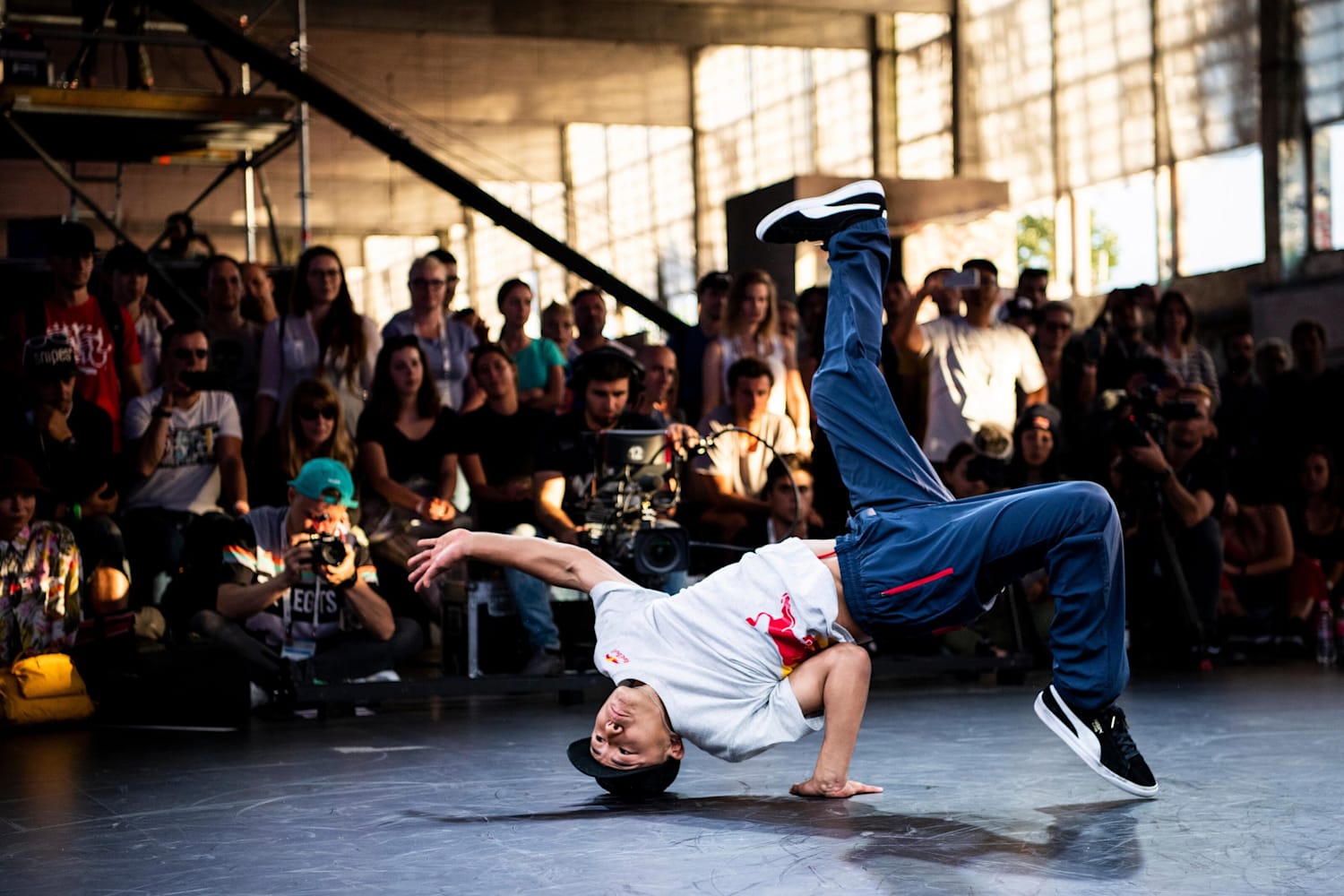History and Origins of Breakdancing

Breakdancing, also known as b-boying or b-girling, is a street dance form that originated in the South Bronx, New York City, during the 1970s. It emerged as a vibrant expression of the cultural landscape of the time, reflecting the experiences, aspirations, and struggles of marginalized communities.
The Cultural and Social Context of Breakdancing’s Development
Breakdancing emerged from the intersection of various social and cultural factors that were prevalent in the Bronx during the 1970s. The neighborhood was experiencing a period of significant social and economic upheaval, marked by poverty, unemployment, and racial tensions. This backdrop created a fertile ground for the development of creative forms of expression, including music, art, and dance.
Breakdancing emerged as a means for young people to channel their energy, frustrations, and aspirations into a positive outlet. It became a way to connect with their peers, express their individuality, and challenge societal norms.
The Influence of African American and Latinx Communities
The development of breakdancing was deeply influenced by the African American and Latinx communities in the Bronx. These communities brought with them a rich history of dance traditions, including funk, soul, salsa, and other street dance forms.
These dance traditions provided the foundation for the development of breakdancing’s signature moves, such as the top rock, down rock, footwork, and power moves. Breakdancing also drew inspiration from martial arts, acrobatics, and other physical disciplines, further enriching its vocabulary and aesthetic.
Key Pioneers and Early Crews
Several individuals and crews played a pivotal role in shaping the early evolution of breakdancing.
- The Rock Steady Crew, founded in 1977, is widely considered one of the first and most influential breakdancing crews. They popularized the use of power moves, such as the windmill and the backspin, and helped to establish breakdancing as a distinct dance form.
- The Furious Five, another pioneering crew, emphasized the importance of footwork and musicality in breakdancing. Their innovative approach to rhythm and timing influenced generations of b-boys and b-girls.
- Kool Herc, a DJ known for his pioneering work in hip hop music, is credited with creating the foundation for breakdancing. His innovative DJ techniques, such as “breakbeats,” provided the rhythmic framework for breakdancing.
- The Magnificent Force, a crew that emerged in the late 1970s, was known for its intricate footwork and complex power moves. They helped to elevate the technical and artistic standards of breakdancing.
Breakdancing Styles and Techniques

Breakdancing, a dynamic and visually captivating street dance form, encompasses a diverse range of styles and techniques. These styles, each with its unique set of movements and aesthetics, contribute to the multifaceted nature of breakdancing.
Toprock
Toprock refers to the breakdancing moves performed standing up. It serves as an introductory element, setting the stage for the subsequent footwork and power moves. Toprock movements are characterized by their rhythmic footwork, body isolations, and dynamic transitions. They often incorporate elements of other dance styles like jazz, funk, and even martial arts.
Toprock is a fundamental element of breakdancing, allowing dancers to showcase their creativity and rhythm before transitioning into other styles.
Some prominent Toprock dancers include:
- Crazy Legs (Rock Steady Crew): Known for his smooth and versatile Toprock style, incorporating elements of jazz and funk.
- B-Boy Ice (Rock Steady Crew): Famous for his dynamic and energetic Toprock, blending intricate footwork with powerful body isolations.
- Ken Swift (Rock Steady Crew): A master of Toprock, known for his fluid movements and seamless transitions between different styles.
Footwork
Footwork is the core of breakdancing, characterized by intricate and rapid foot movements performed on the ground. It involves a wide range of techniques, including:
- Six Steps: A basic footwork pattern involving six steps in a circular motion.
- Backspins: A series of rapid back spins performed on the hands.
- Windmills: A series of arm and leg movements performed while spinning on the hands.
- Tracks: A series of footwork patterns performed in a straight line.
Footwork requires exceptional coordination, agility, and timing. Dancers use their feet to create complex rhythms and patterns, often incorporating elements of improvisation.
Footwork is the foundation of breakdancing, showcasing the dancer’s agility, rhythm, and creativity.
Renowned Footwork dancers include:
- Storm (The Rock Steady Crew): A pioneer of Footwork, known for his speed, precision, and unique style.
- Tsunami (The Rock Steady Crew): A master of Footwork, known for his intricate patterns and seamless transitions.
- Crazy Legs (The Rock Steady Crew): Known for his innovative Footwork, incorporating elements of other dance styles.
Power Moves
Power moves are the most visually impressive aspect of breakdancing, involving dynamic and acrobatic maneuvers that require strength, flexibility, and control. They often involve flips, spins, and other gravity-defying movements. Some common power moves include:
- Headspins: Spinning on the head, requiring significant neck strength and balance.
- Windmills: A series of arm and leg movements performed while spinning on the hands.
- Flips: Acrobatic movements involving flips and rotations in the air.
- Backflips: A backward flip performed with precision and control.
Power moves demand intense physical training and dedication, showcasing the dancer’s athleticism and creativity.
Power moves are the pinnacle of breakdancing, demonstrating the dancer’s strength, agility, and control.
Notable Power Move dancers include:
- Ken Swift (Rock Steady Crew): Known for his powerful and innovative power moves.
- B-Boy Ice (Rock Steady Crew): Famous for his dynamic and acrobatic power moves.
- Casper (The Rock Steady Crew): A master of power moves, known for his explosive and innovative techniques.
Freezes
Freezes are static poses that breakdancers hold at the end of a power move or footwork sequence. They require incredible balance, strength, and control, showcasing the dancer’s ability to hold a challenging position for an extended period.
Freezes are the exclamation points of breakdancing, providing a dramatic pause and highlighting the dancer’s strength and control.
Some common freeze techniques include:
- Handstand Freeze: A classic freeze, requiring significant upper body strength and balance.
- Chair Freeze: A freeze where the dancer balances on their hands and feet, resembling a chair.
- Scorpion Freeze: A freeze where the dancer balances on their hands with their legs raised above their head, resembling a scorpion.
Prominent Freeze dancers include:
- B-Boy Ice (Rock Steady Crew): Known for his innovative and challenging freezes.
- Crazy Legs (Rock Steady Crew): A master of freezes, known for his unique and artistic poses.
- Ken Swift (Rock Steady Crew): Famous for his powerful and controlled freezes.
| Breakdancing Style | Key Elements | Prominent Dancers |
|---|---|---|
| Toprock | Rhythmic footwork, body isolations, dynamic transitions | Crazy Legs, B-Boy Ice, Ken Swift |
| Footwork | Intricate foot movements, rapid spins, complex patterns | Storm, Tsunami, Crazy Legs |
| Power Moves | Flips, spins, acrobatic maneuvers | Ken Swift, B-Boy Ice, Casper |
| Freezes | Static poses, balance, strength, control | B-Boy Ice, Crazy Legs, Ken Swift |
Breakdancing Culture and Community: Break Dancing
Breakdancing, born from the streets of the Bronx, has evolved into a global phenomenon, fostering a vibrant and diverse community that transcends geographical boundaries. This subculture has not only shaped the art form itself but has also influenced music, fashion, and visual arts, becoming an integral part of youth culture worldwide.
The Role of Breakdancing in Youth Culture
Breakdancing provides a platform for self-expression, creativity, and social interaction for young people. It offers an outlet for channeling energy and emotions, fostering a sense of belonging and camaraderie. Breakdancing events, ranging from local jams to international competitions, create spaces for individuals to connect, share their passion, and build lasting friendships.
The Significance of Crews, Battles, and Competitions
- Crews: Breakdancing crews are central to the community, acting as support systems and training grounds for aspiring dancers. They provide a sense of belonging, shared identity, and collective pride. Crews often collaborate on routines, compete together in battles, and support each other’s growth as dancers.
- Battles: Breakdancing battles are competitive events where dancers showcase their skills and creativity. These battles are not just about winning; they are a platform for pushing boundaries, learning from peers, and celebrating the art form. Battles often involve intense improvisational routines, where dancers respond to each other’s moves in a dynamic and engaging display of athleticism and artistry.
- Competitions: Breakdancing competitions provide a structured framework for showcasing talent and recognizing excellence. These events attract dancers from all over the world, fostering a spirit of international collaboration and friendly rivalry. Major competitions, such as the Red Bull BC One, have helped to elevate the status of breakdancing and introduce it to a wider audience.
The Influence of Breakdancing on Music, Fashion, and Visual Arts, Break dancing
- Music: Breakdancing is deeply intertwined with music, particularly hip hop, funk, and electronic music. The rhythmic beats and grooves of these genres provide the foundation for breakdancing moves and inspire improvisation. Breakdancers often incorporate elements of the music into their routines, adding layers of expression and storytelling. The symbiotic relationship between breakdancing and music has contributed to the evolution of both art forms.
- Fashion: Breakdancing has influenced fashion trends, particularly in the realm of streetwear. The distinctive style of breakdancers, characterized by loose-fitting clothing, sneakers, and bold accessories, has become a recognizable element of youth culture. Breakdancers have also been instrumental in popularizing certain brands and styles, contributing to the evolution of streetwear as a cultural phenomenon.
- Visual Arts: Breakdancing has inspired visual artists, influencing their styles and themes. The dynamic movements and fluid gestures of breakdancers have been captured in paintings, sculptures, and photography, showcasing the beauty and power of the art form. The visual representation of breakdancing has contributed to its cultural recognition and appreciation.
Renowned Breakdancing Crews and Their Contributions
- The Rock Steady Crew: One of the pioneering crews, founded in the 1970s, The Rock Steady Crew helped to define the early styles of breakdancing. Their innovative moves and energetic performances have had a lasting impact on the art form, inspiring generations of breakdancers.
- The Furious Five: Known for their intricate footwork and acrobatic moves, The Furious Five pushed the boundaries of breakdancing, introducing new styles and techniques. Their influence can be seen in the evolution of power moves and the integration of elements of martial arts.
- The Gamblers: Hailing from the Bronx, The Gamblers were known for their dynamic and aggressive style of breakdancing. They helped to popularize the “top rock” style, which involves intricate footwork patterns and rhythmic transitions.
Break dancing – Breakdancing, a dance form born on the streets of New York, is a powerful expression of energy and creativity. It’s a world away from the geopolitical tensions that often dominate the news, like the complex history of conflict between Iran and Israel, a topic that has been a source of ongoing instability in the region.
But just as breakdancing requires a certain level of focus and discipline, navigating these geopolitical complexities demands careful consideration and understanding. Ultimately, both breakdancing and international relations are about finding ways to move forward, even amidst challenges.
Breakdancing is all about rhythm and precision, and sometimes, after a good session, you need a proper feed. If you’re looking for a good curry to fuel your next epic move, you should check out some indian food near me.
It’s a good way to refuel and get those creative juices flowing for your next breakdancing masterpiece.

